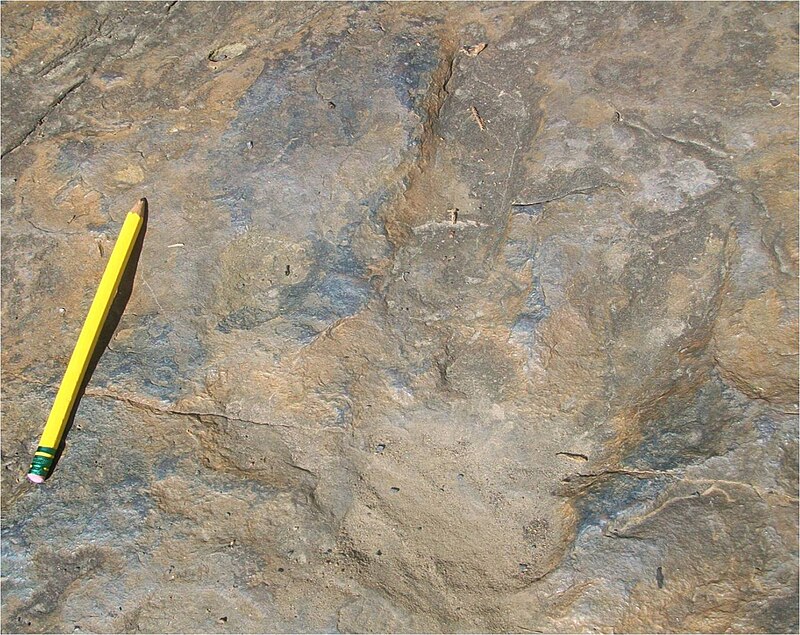The Hildenborough Museum is a museum in Hildenborough, Kent. It was opened in 1949 and contains artifacts from the local area as well as from around Europe. The museum focuses on local history with an emphasis on the industrial heritage of south-east England before 1914. There are displays about mining, agriculture, and engineering which gives an insight into what life was like for those who worked in these industries before World War One.
Somerset was one of the most important areas for coal mining in Britain during the late 19th century so it’s not surprising that there would be a wealth of material contained within this museum!
Victorian house
The Victorian house consists of a timber-framed structure, constructed in the 1820s as part of an estate owned by George Mackie and his wife Elizabeth. The house’s construction involves wood beams and other materials that provide mutual support to one another.
The house comprises two stories, with the upper-level housing rooms like dining rooms, parlors, and bedrooms. The lower level consists of storage areas such as pantries and kitchens, which remained unused until after World War II.
There is also a front porch on each side of the house that wraps around most rooms—like an extension to what would otherwise be just a hallway if they didn’t have one! And then there are also backyards behind these piazzas where people could relax outside when they wanted some fresh air without having to go far away from their homes…
Old photos and books
The museum houses a collection of old photos and books that are worth exploring. You’ll find everything from early camera portraits to postcards, letters, and even manuscripts.
The museum’s collection includes:
- A treasure trove of early camera portraits (1850-1900) such as this one by James Ward Ranger. It shows his wife wearing her wedding dress while on holiday at their villa in Italy in 1852.
- A letter written by Sir Henry Drummond Barttelot to Sir George Grey during the Boer War (1899-1902). The author describes how he went hunting with his own gun because there were no horses available for transport around Cape Colony or Natal at the time due to shortages caused by drought conditions during the war years between 1899-1902
The good house
The well house is a historic building in Hildenborough. It’s also a historic building in Australia, Victoria, and New South Wales.
Thomas Koyle, who had recently arrived from England with his wife and two children, constructed the well house in 1869. They chose to settle on the farm given to them by Governor Sir Henry Barkly at Hildenborough (now called Kybybolite), a name derived from the indigenous language called Wurundjeri (Werondja), meaning ‘white clay’.
The locals began referring to their residence as ‘Koyle’s Cottage’ due to its construction using local brickwork. Over time, subsequent owners made renovations, including the addition of stone elements. Despite the passing of Mr. Koyle around 1910, the structure remains largely unchanged, standing as a testament to its original design, even after more than 150 years.
Dinosaur footprints
Dinosaur footprints are one of the most popular exhibits at the Hildenborough Museum. These dinosaur tracks were made by dinosaurs that walked across a large area of land in prehistoric times. Dinosaur tracks can be found all over Australia, but they are especially common in Queensland, New South Wales, and Victoria.
The Hildenborough Museum has several different types of dinosaur footprints on display:
- Tracks made by large reptiles (dinosaurs) dinosaurs like Stegosaurus or Apatosaurus.
- Tracks are made by smaller reptiles such as turtles and crocodiles.
- Footprints are left behind when an animal burrows into soft ground or sand to make its nest or den. These kinds of prints are called “burrow” diggings because they look like small holes with tunnels running through them from one side to another; sometimes these tunnels connect with each other so that you can see two separate chambers within one hole!
Africana and art
Let’s start with the African collection. The museum has a large collection of artifacts from Africa, which includes everything from bronze weapons and carved stones to textiles and pottery. Some of these items date back thousands of years!
One item that I’d recommend seeing is an ancient headrest for a throne made out of hippopotamus ivory (the teeth are still there). It’s really beautiful to look at because it has such intricate designs engraved in its surface—you can see how much work went into making this piece!
The exhibit “Talking Texts” showcases a collection of books authored by Africans who were enslaved and later taught themselves to read English. These individuals sought to escape their circumstances by acquiring knowledge from their owners’ bookshelves, including grammar rules. This exhibit highlights their remarkable journey, which was groundbreaking considering the limited access to education during the era of slavery.
Traveling in Hildenborough with Hildenborough Taxis
Hildenborough Taxis is a taxi company that provides a variety of services in Hildenborough. The company has been in operation for over 30 years, and it’s owned and operated by the Hever family.
The most important thing about Hildenborough Taxis (https://www.hildenborough-taxi.co.uk) is that they have been driven by their commitment to providing excellent customer service since day one.
They prioritize the significance of reliability and consistency in car rentals, ensuring that the selected vehicle is consistently well-maintained. You can be confident that no additional fees will be charged on top of the agreed terms and conditions.
Conclusion
If you’re looking for a museum with something to see, then look no further than the Hildenborough Museum. It’s got everything from dinosaurs and fossils to art and history. You can also go in there dressed as a character from Star Wars or Harry Potter if that’s your thing!

